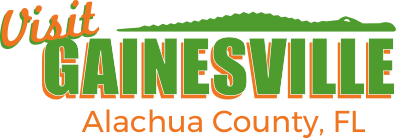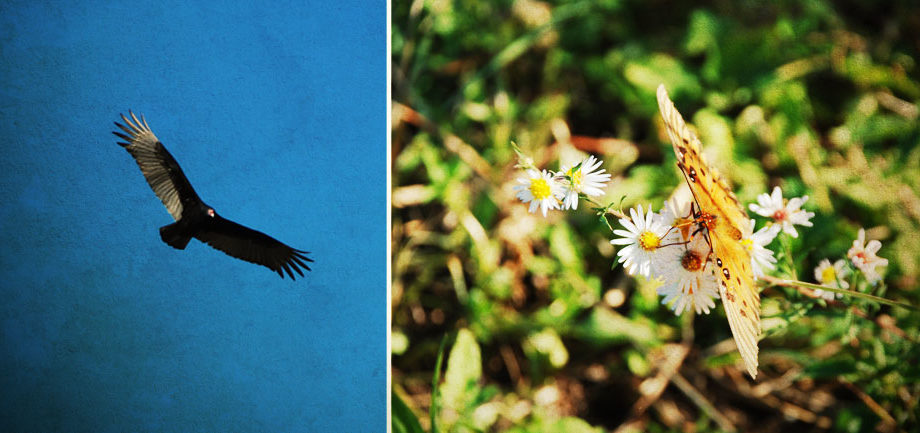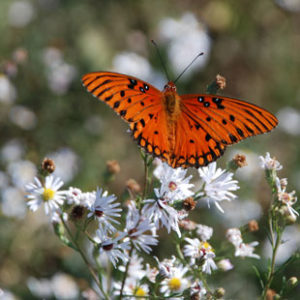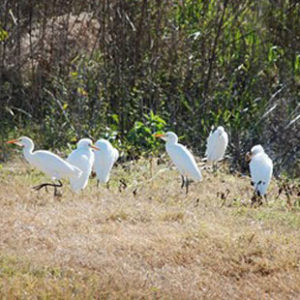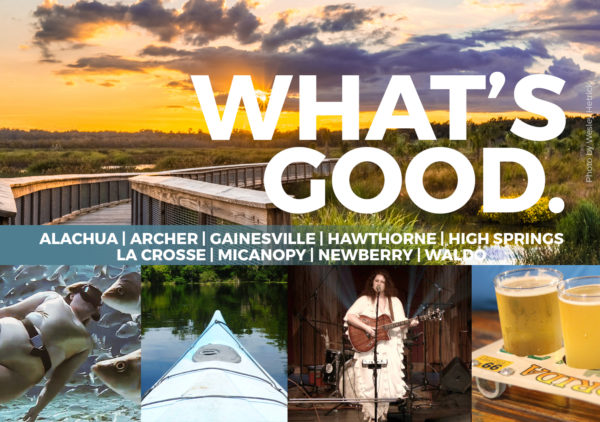Get Up Close and Personal With Gainesville Birding Hot Spots
By Kevin Mims
When I was twelve, I was given a gift that would begin to steer my life in a certain direction. If it had been a BB gun, like many young guys receive around that age, I probably would’ve turned out differently. Not that there’s anything wrong with BB guns, or slingshots, or things like that. I had those, too when I was young, but they didn’t stick with me like this particular item.
The gift? A pair of binoculars.
They were nothing fancy, of course – just a pair of used, run-of-the-mill binoculars that were most likely picked up at a local yard sale or flea market. The cost, make-and-model and condition weren’t important. One look through those lenses and it’s as if an inactive, undeveloped part of my brain was switched on. Something was happening, folks.
A Hobby Is Born
I spent my youth stomping along behind my dad and older brother while they waded the rivers and creeks of Central Florida and South Georgia, searching for the dark watery hideouts of bluegill and channel catfish. While they fished, I scrambled along the banks – tattered guidebook in hand – identifying whatever I came across. Trees. Types of rocks. Flowering plants.
And thanks to those early explorations and binoculars, I learned to love the birds.
I didn’t have the best vision when I was a kid – I finally got an eye exam and glasses while in high school – so those binoculars literally changed the way I saw the natural world. I was no longer limited to close-up rocks and trees; I could watch hawks soar high overhead, and I did so for hours.
With that type of childhood, it’s no surprise that I joined my school’s Future Farmers of America chapter and was a superstar on our Forestry and Ecology team. Regular team practices and competitions would take us an hour north to Gainesville, where we’d wander around at places like Paynes Prairie Preserve State Park and O’Leno State Parks.
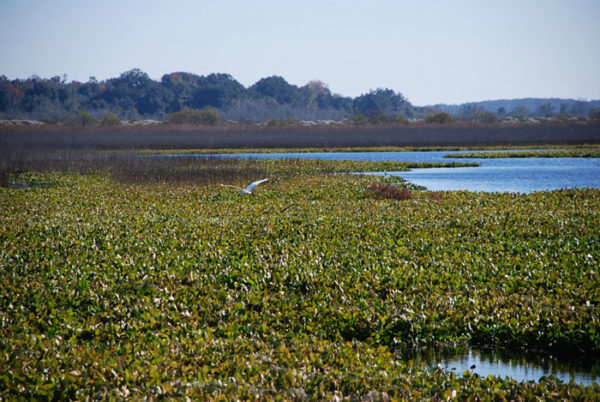
Later on, when I received my driver’s license, I’d often drive my old 1967 Chevrolet pickup towards Gainesville on my own, stopping at places like Cross Creek, Lochloosa and Newnan’s Lake to go birding and hiking. These spots – among other Gainesville-area locations – are undoubtedly some of the most productive birding and wildlife viewing areas in the entire state, and I still visit them often.
I’m almost forty now, and still live close to the same places I explored as a kid. I have to believe it’s all because of those binoculars.
Birds of a Feather Flock Together
When you visit places like the La Chua Trail at Paynes Prairie Preserve State Park, it’s easy to see why birding and wildlife viewing is one of the top activities for both Florida residents and visitors. I’m always in awe of the numbers of species found at Paynes Prairie – over 270 resident and migrating varieties of birds have been spotted at this location, so you can plan on checking a few things off of your bucket list here. Head out along the boardwalk and into the La Chua Trail’s marshes, and you’ll see plenty of alligators, Purple Gallinules, Red-winged Blackbirds, Anhingas and tons of wading birds.
One of the most serene moments I’ve had in the outdoors happened here at Paynes Prairie. Early one morning, several deer stepped out of the marsh and onto the trail a few feet from me. At the same time, a flock of Sandhill Cranes (thousands can be seen here in the winter months) flew so low overhead that I could hear their wings on the wind. As they passed over, frogs began to chime in, croaking loudly, and the sum of all of these things at once created a symphony that is unforgettable. Go early, and you too may have a similar experience.
At nearby Newnan’s Lake, birders can walk down Lakeshore Drive along the western shore, where wild turkeys are common. In October, this is a good spot to try and get a glimpse at Painted Buntings – a rare treat for the area. Fall is definitely a great time to make your way to Newnan’s Lake and Palm Point Nature Park, where large amounts of eastern-migrating warblers can be seen. Keep an eye out for Cerulean Warblers and a few migrating raptors like Sharp-shinned Hawks and Merlin.
Over at the City of Gainesville’s Morningside Nature Center, over 270 acres and seven miles of trails provide plenty of opportunity to see lots of woodpeckers (Black-bellied, Red-bellied, Downy and Pileated are commonly seen), White-eyed Vireos, Pine Warblers and Bald Eagles. Morningside Nature Center is also a good spot to see Northern Bobwhites – one of my personal favorite species.
If you are into ducks, you’ll want to head over to Chapmans Pond. Here, Blue and Green-Winged Teal, Hooded Mergansers and Black-bellied Whistling Ducks frequent the area in the winter. Chipping Sparrows, Sandhill Cranes and Wood Storks are common as well.
I can’t imagine a trip to Gainesville without a stop at these places. So many of my childhood memories are linked to the hours spent with my binoculars, and it’s one of the best ways to see a special side of Gainesville. Don’t miss the chance to dial things back and reconnect with nature, and don’t forget your binoculars.
Start planning your birding adventure in Gainesville today!
